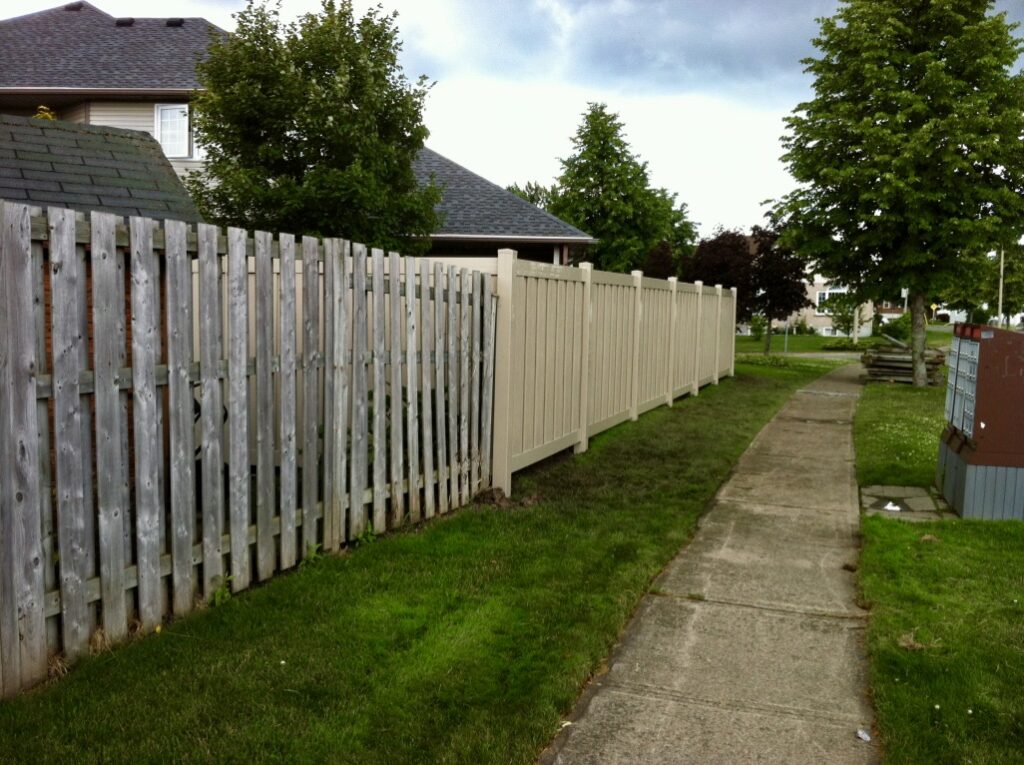Vinyl fencing and wood fencing are both popular options for homeowners and businesses, but they have some key differences to consider.
Wood Fencing:
– Requires regular maintenance: Wood fencing needs to be painted or stained regularly to protect it from weather damage and maintain its appearance.
– Prone to rot and insect damage: Wood fencing is vulnerable to rot, mold, and insect damage, which can compromise its structural integrity.
– Limited lifespan: Even with regular maintenance, wood fencing typically has a shorter lifespan compared to vinyl fencing.
– Can be more expensive in the long run: While wood fencing may be less expensive upfront
Vinyl fencing has several attributes that make it a popular choice for homeowners and businesses:
1. Low maintenance: Vinyl fencing requires very little maintenance compared to wood fencing. It doesn’t need to be painted or stained, and it can be easily cleaned with soap and water.
2. Durability: Vinyl fencing is designed to withstand harsh weather conditions, such as extreme heat and cold, without warping or cracking. It’s also resistant to moisture, insects, and rot.
3. Long lifespan: Vinyl fencing is designed to last for years, often with a lifetime warranty. It won’t fade or discolor over time, and it won’t rust or corrode like metal fencing.
4. Variety of styles: Vinyl fencing comes in a range of colors and styles, so it’s easy to find one that suits your aesthetic preferences. It can even be made to look like wood or other materials.



